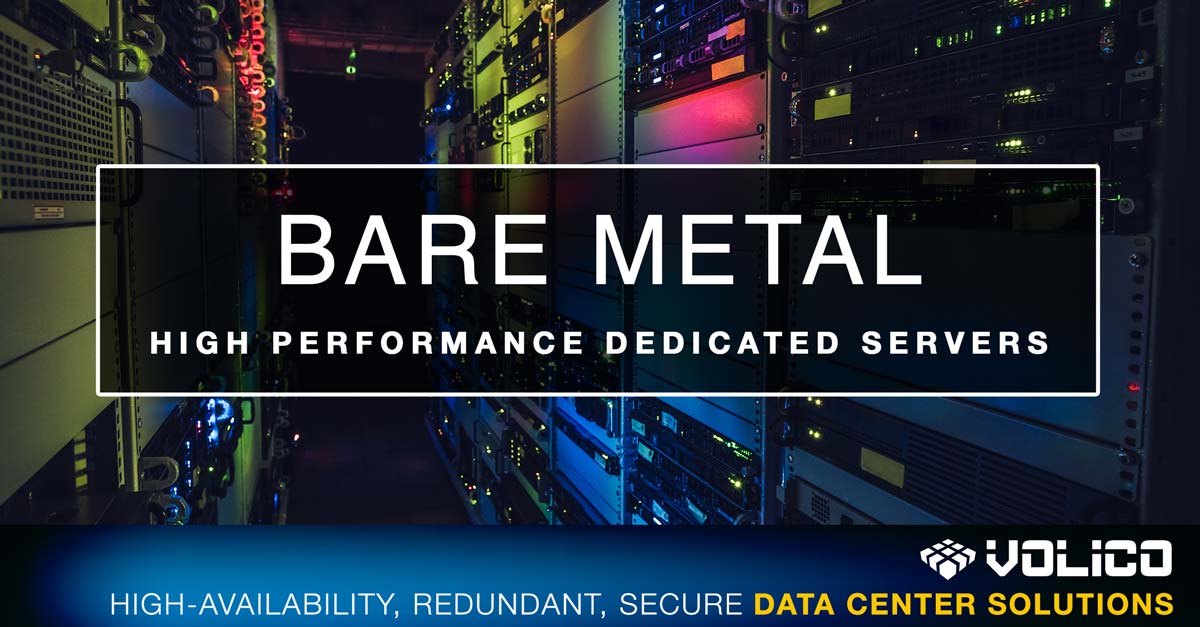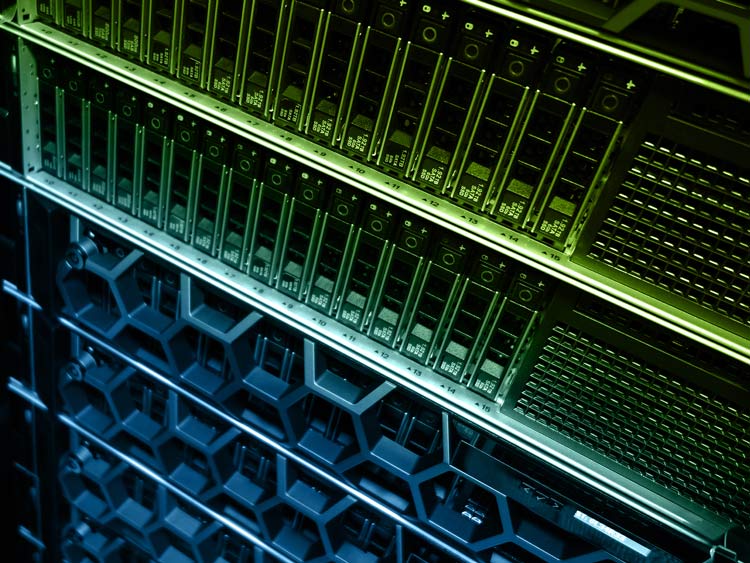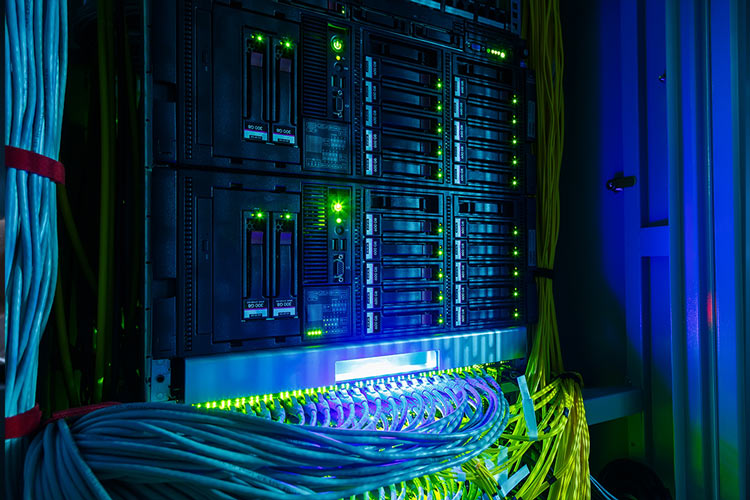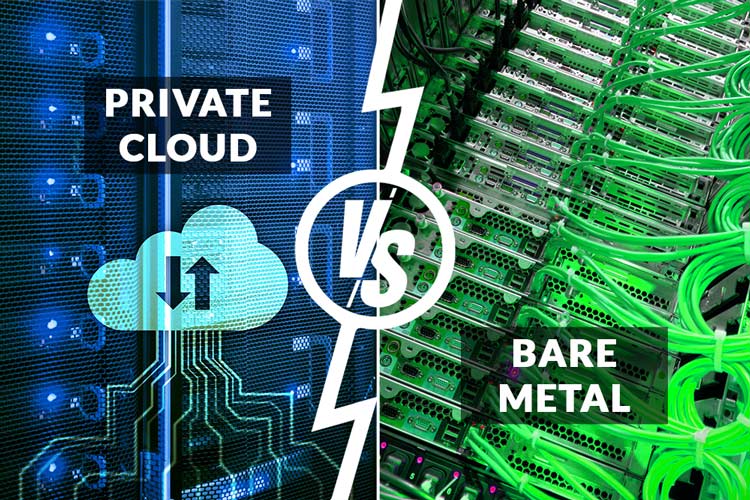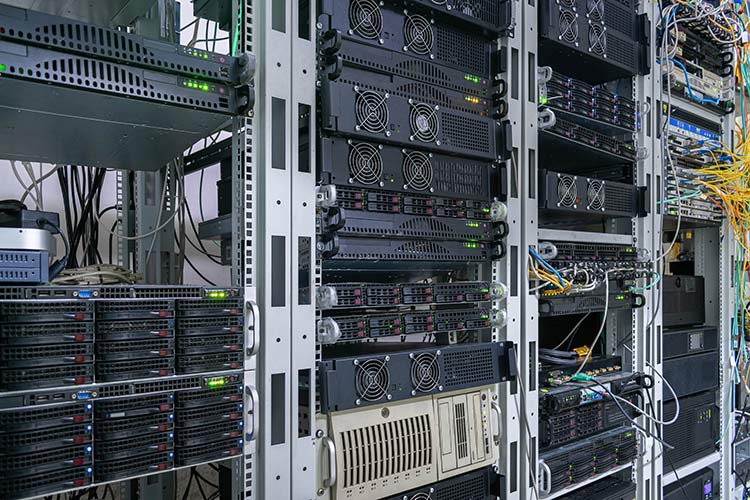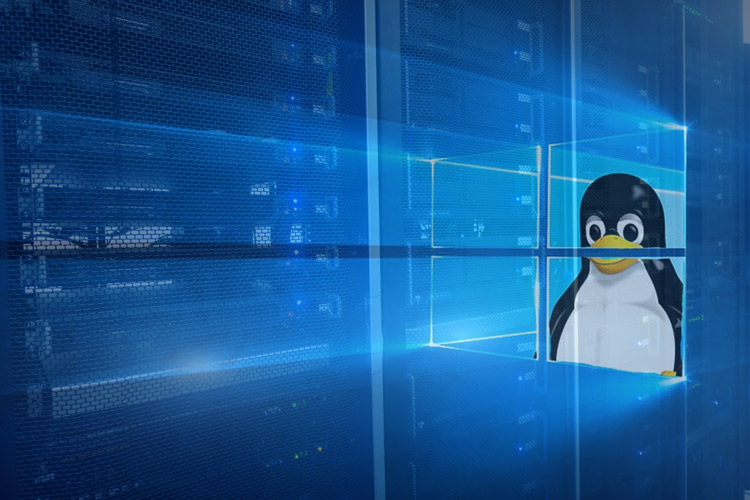Bare metal servers have timeless popularity due to the many advantages of root access and granular control over hardware resources. Thanks to their high degree of customizability, they provide the highest performance and flexibility for managing specific workloads.
Bare metal servers are also the most secure option, making them the best choice for organizations dealing with sensitive data. Healthcare, banking, and financial services institutions rely heavily on their servers and data centers to maintain the high level of security that their operations require.
This blog aims to serve as a 101 on the basics of bare metal servers for those interested. If you’re new to the world of servers or looking for a solution for your company, stick around because, in this beginner’s guide, we will break down everything there is to know about bare metal!
Bare Metal Servers – What Are They?
A bare metal server is a single-tenant physical piece of hardware, a computer server that serves one client or user only. Bare metal used to be the only kind of server before virtualization technology (which allows multiple virtual servers to share the same hardware resources). Bare metal servers are dedicated entirely to the user renting them. They can have multiple users simultaneously, but the hardware resources are dedicated to the same client.
Bare metal servers are designed for high performance and reliability while also offering their users total control over managing the hardware resources and the software stack. They are an excellent choice for resource-intensive software applications. As opposed to a managed host option, where the hypervisor is managed by the provider, bare metal is managed in its entirety by the client. This offers granular control over the division and use of the resources.
The Most Secure Solution
Because bare metal servers are single-tenant, they are isolated entities, offering many benefits. Because of their segregated nature, they are unaffected by the noisy neighbor problem. So, no co-tenant using too many resources can negatively impact another organization through its activities.
For the same reason, bare metal is also much more secure. Isolation safeguards the server from side-channel attacks, which use design flaws in microprocessors to steal data from neighboring tenants.
For applications that need the highest security (like healthcare and financial) and have to meet compliance or regulatory requirements, bare metal is the solution offering the most security.
Bare metal is widely used in fields where high performance and security are a must.
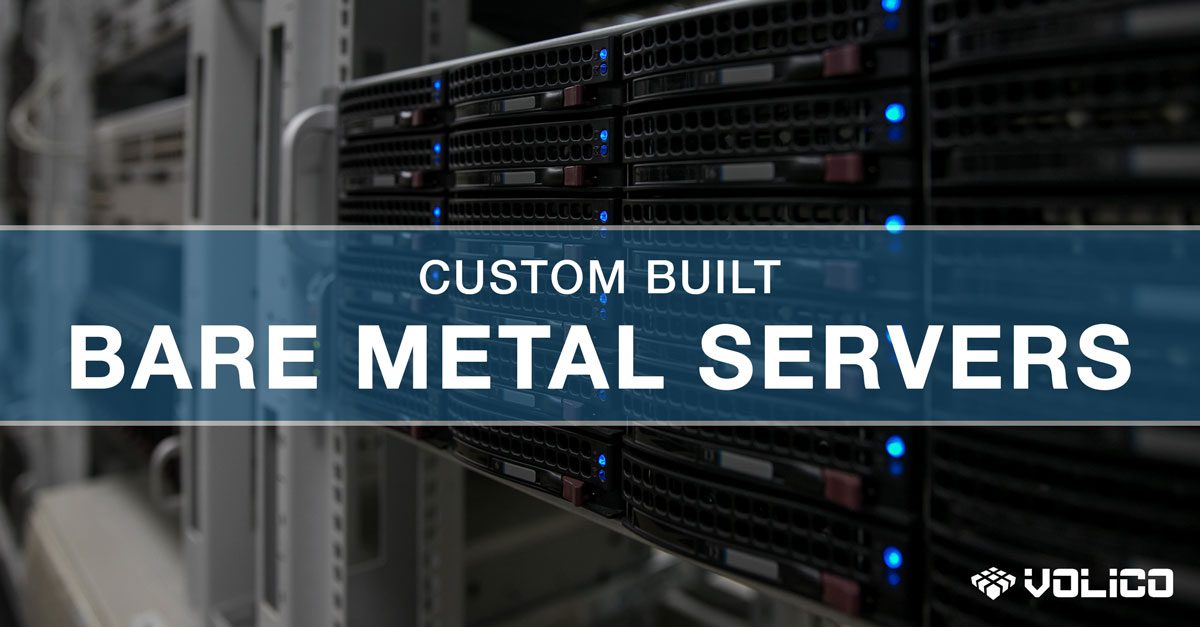
Bare Metal Servers – How Do They Work?
Basically, bare metal servers are quite simple in the sense that they have the same components as any computer: CPU, RAM, network connection, and eventually storage. These servers offer a structured data management model with simplicity, security, and significantly more control. In order to better understand the basics of how bare metal servers work and their advantages, let’s clarify a few key notions.
Virtualization
Virtualization technology makes it possible to create software-based instances that translate hardware resources into virtual resources. All resources, processors, RAM, storage, network, and cards can be virtualized. Virtualization allows a company to split a server or computer into many virtual machine instances. All the virtual machines or VMs are isolated from each other and can run different operating systems while using the same hardware.
The Hypervisor
The hypervisor is a layer of abstraction that can be provisioned directly on the bare metal server to facilitate virtualization. Basically, it is software that creates and manages virtual machines (VMs). Type 1 hypervisors are also called native hypervisors because they can run directly on bare metal hardware without requiring a host operating system. It divides the hardware resources between the operating system or systems and applications on several virtual machine instances. These instances can be allocated specific amounts of CPU, RAM, and storage.
In the case of a dedicated host, the hypervisor layer is managed by the cloud provider (type 2 hypervisor), which offers the benefits of dealing with less complexity. Still, on the other hand, this allows less granular control over the hardware resources. Also, because type 2 hypervisors operate on top of a host operating system layer sitting on top of the hardware, they don’t have direct access to the hardware and, therefore, can’t leverage 100% of the benefits bare metal can offer.
Containerization
Containerization is “the lightweight version” of virtualization. It is also called “operating system-level virtualization.” In this case, instead of a hypervisor, the kernel and the host operating system sit directly on the hardware. On top of the operating system layer, you can run many containers depending on your needs.
By comparing virtual machines and containers, we can see there are key differences in use. The hypervisor solution creates several virtual machine instances, which serve as separate machines. VMs create the illusion of individual machines within the machine. Applications running in this type of environment can communicate with each other up to a certain level.
However, with containerization, the isolation happens on the process level. Meaning, that the applications are separated in different environments, and they don’t have access to each other. They can only see what’s strictly necessary for them to run. This type of operation can make a major difference when it comes to security.
Advantages of Bare Metal Servers
Whether a company needs bare metal will depend on the amount of performance and control they need. These are the main advantages of bare metal.
Granular Control Over The Resources
As we can see, from the broad array of possibilities of running a server, the biggest advantage of bare metal comes from root access and the fact that the client gets to choose however they want to use the hardware. This means full control over all the adjustments. Knowing your workload allows you to use the box in ways that could even be unconventional but designed to serve your workload the best way possible.
Excellent Performance
The possibility to customize your server gives you the freedom to integrate the amount of processing power, bandwidth, and storage you want. This can facilitate workflows and provide fast and smooth operation throughout environments. In the enterprise environment, where efficiency and speed are paramount, limited performance can be a significant hindrance.
Additionally, because you own the hardware, the noisy neighbor problem is inexistent.
The Most Security You Can Get
Bare metal servers offer better security at all levels because of their fundamental benefit of offering increased isolation. Having full control over the hardware and who accesses what can significantly decrease the chances of data breaches and cyberattacks.
The bare metal hypervisor allows you to monitor and log, as well as back up your virtual machines directly through the hypervisor layer. The possibility to choose containerization can also be a great addition to security by isolating on the process level.
Bare Metal in the Cloud or Bare Metal in a Data Center?
Root access and granular control are great, but not for everyone. For those who want the high performance of bare metal servers but with less complexity to deal with, bare metal in the cloud or a dedicated host can be an excellent solution. In this case, the user gets the virtual resources provided by IaaS services. However, with a dedicated server, the user defines the configuration, decides upon the hardware and software options, and can have a running dedicated server in a very short time.
To put it simply, in the case of the dedicated host, the cloud provider runs the hypervisor. This is what takes the complexity away from the user. With a dedicated server, you “order” your virtual server instances, and the team at the data center places them as you want. In the case of the bare metal, you place the virtual instances yourself. This approach gives you more efficiency and freedom to do whatever you want. If you need an overcommitting setup, you can do it on a bare metal server. The dedicated host, on the other hand, doesn’t allow you this level of control.
If you have your bare metal server in a private data center, you have the freedom to choose the specific type of hardware and power allocation you want. With root access, you can configure the best environments to manage large volumes of data with high safety and stability. Root-level access makes it possible to configure setups that are not supported by a hypervisor-type of virtualization.
Both choices offer excellent performance, more independence, and security for the user. Ultimately, it all comes down to how much control a company needs over its hardware.
Need Help Choosing the Best Server for Your Specific Needs?
At Volico Data Centers, we offer a variety of bare metal options. Whether you need to control the micro-processes of your environment or you want to let some things be taken care of for you, our bare metal dedicated servers are designed to meet all kinds of workload needs. Our expert team at Volico is ready to respond to all your inquiries.
Call (305) 735-8098 or chat with a member of our team to discuss which bare metal server best fits your organization’s specific needs.
